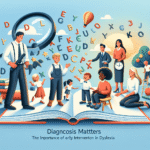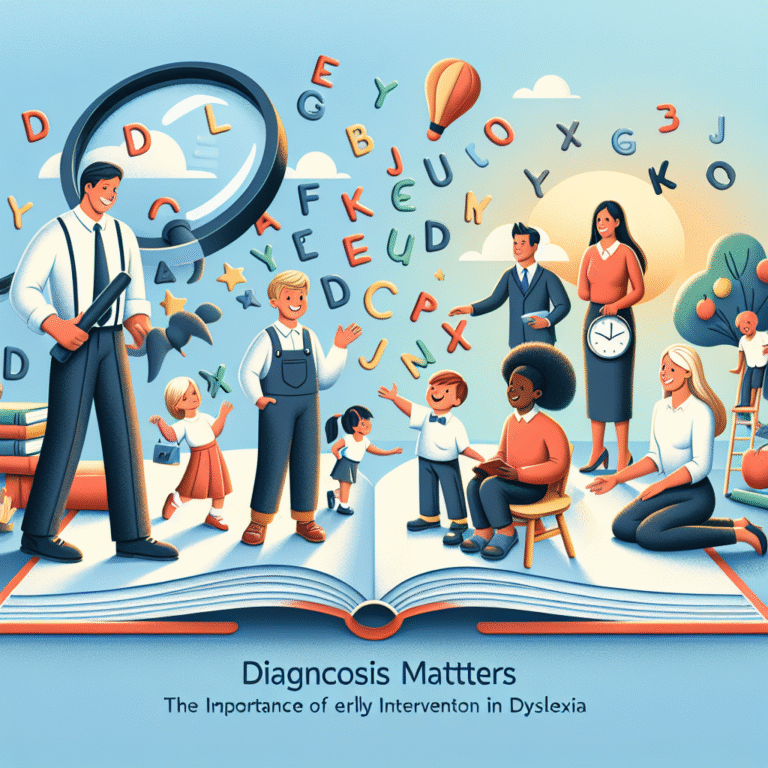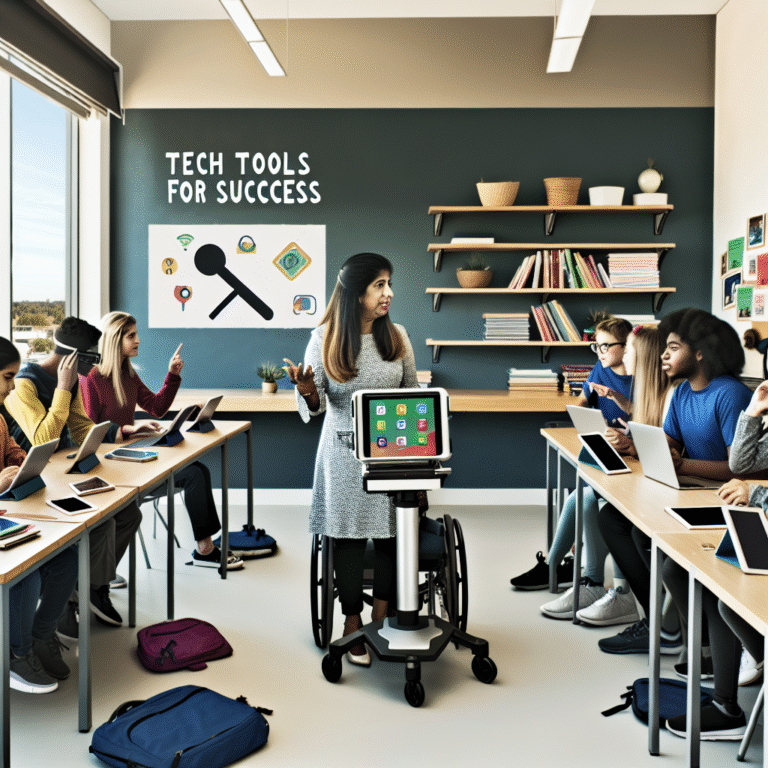
Introduction
In today’s competitive job market, organizations are increasingly recognizing that hiring the right talent goes beyond just assessing skills. It involves a deeper, more holistic approach that considers the alignment between individual values, beliefs, and the overall workplace culture. As businesses strive for long-term success, the need for a seamless integration of both skills and culture fit has never been more critical.
Understanding "From Skills to Culture Fit: Comprehensive Approaches to Talent Assessment" equips employers with the tools to identify the best candidates not only for their immediate needs but for their long-term vision. This article delves into unique, insightful methods for comprehensive talent assessment that moves beyond the traditional criteria, providing a roadmap to creating strong, inclusive teams that drive innovation.
The Importance of Talent Assessment
Why Shift Focus from Skills to Culture Fit?
Skills vs. Culture Fit
While educational qualifications and technical skills remain crucial, they are no longer the sole determiners of a successful hire. Companies must prioritize culture fit, which refers to how a potential employee’s values and philosophy align with the organization’s culture. When skill alone defines hiring criteria, teams can end up with talented individuals who, unfortunately, do not mesh well with the existing group dynamics.
Statistics and Findings
According to a report from LinkedIn, 83% of hiring managers prioritize culture fit when making hiring decisions. Furthermore, a study by Harvard Business Review found that employees who fit well within a company’s culture outperform their counterparts by 30%. These figures reveal a compelling argument for organizations to adopt comprehensive approaches to talent assessment that simultaneously evaluate skills and cultural alignment.
Comprehensive Approaches to Talent Assessment
To transition seamlessly from solely assessing skills to integrating culture fit, organizations can adopt several innovative methods:
1. Behavioral Interviews
Overview
Behavioral interviews focus on how candidates have responded to previous situations rather than what they might say they would do. By asking questions that reveal past behavior, employers can gain insights into a candidate’s values and decision-making processes.
Case Study: Google
Google employs this technique to assess candidates’ potential fit within their innovative culture. They ask questions such as, “Can you tell me about a time when you faced a significant challenge?” This allows interviewers to gauge not only the skills but also the candidate’s alignment with Google’s core values of creativity and collaboration.
Analysis
Behavioral interviews can be deceptively simple, yet they provide a wealth of information that can illuminate both the candidate’s capabilities and their fit within the company culture.
2. Cultural Assessment Tools
Overview
Cultural assessment tools, such as the Organizational Culture Assessment Instrument (OCAI), can help determine how well a candidate’s values match the organization’s culture.
Example
A company can assess its own culture and then score candidates based on their compatibility with those cultural dimensions.
| Cultural Dimension | Organization’s Score | Candidate’s Score |
|---|---|---|
| Clan | 7 | 8 |
| Adhocracy | 6 | 5 |
| Market | 5 | 7 |
| Hierarchy | 4 | 4 |
Analysis
Quantifying alignment through cultural assessment tools provides a clearer picture of compatibility, enabling teams to make informed hiring decisions.
3. Situational Judgment Tests (SJT)
Overview
Situational Judgment Tests present hypothetical, job-related situations to candidates and ask them to choose the most appropriate response.
Example and Case Study: Deloitte
Deloitte employs SJTs in their hiring process to evaluate how candidates would navigate workplace dilemmas. By presenting scenarios that reveal the values and priorities of candidates, Deloitte can better understand who will thrive in their culture.
Analysis
These tests simulate real-life situations where a candidate’s response can provide insight into their fit within the organizational culture.
4. Team-Based Assessments
Overview
Team-based assessments involve evaluating candidates in a group setting, allowing for observation of interpersonal skills and cultural fit.
Case Study: Unilever
Unilever often employs this strategy during their assessment centers, where candidates engage in collaborative tasks with other applicants. Their performance is observed by current employees, who assess how well candidates align with Unilever’s values of diversity and inclusivity.
Analysis
Participation in team-based activities not only showcases individual skills but also reveals the collaborative spirit and cultural fit of each candidate, making it a comprehensive approach to talent assessment.
5. Personality Assessments
Overview
Utilizing personality assessments to gauge a candidate’s traits can be vital in understanding their compatibility within a particular culture.
Tools
Instruments like the Myers-Briggs Type Indicator (MBTI) or the Big Five Personality Test can illuminate how a potential employee’s personality aligns with an organization’s ethos.
Example
A tech firm might prioritize traits like openness and conscientiousness, aligning with a culture of innovation and accountability.
Analysis
Integrating personality assessments can refine the selection process, ensuring that the individual not only possesses the necessary skills but also shares the company’s core values.
The Future of Talent Assessment
As workplace dynamics continue to evolve, the approaches to talent assessment must likewise adapt. Considerations of remote work, diverse workforces, and global hiring practices underscore the need for comprehensive strategies that bridge skills with culture fit.
Trends to Watch
- AI in Talent Assessment: Emerging AI technologies are streamlining assessments and providing deep analytics, allowing for a more personalized candidate experience.
- Increased Focus on Diversity and Inclusion: Hiring practices that celebrate diversity are becoming standard, necessitating a dual focus on competencies and cultural sensitivity.
- Continuous Feedback Systems: Organizations are shifting from static evaluation processes to dynamic systems that allow for ongoing assessment and improvement.
Table: Key Trends in Talent Assessment
| Trend | Description | Implication |
|---|---|---|
| AI in Assessments | Leveraging AI to streamline hiring | Enhances efficiency in evaluation |
| Diversity in Hiring | Inclusion of diverse backgrounds | Promotes richer team dynamics |
| Continuous Feedback | Ongoing performance evaluation | Facilitates growth and alignment |
Conclusion
Navigating the landscape of talent assessment requires a nuanced approach that marries skills with cultural fit. By adopting comprehensive strategies—such as behavioral interviewing, cultural assessments, situational judgment tests, team-based evaluations, and personality assessments—employers can significantly improve their hiring outcomes.
The move "From Skills to Culture Fit: Comprehensive Approaches to Talent Assessment" not only enhances employee satisfaction and retention but also transforms organizations into innovative, dynamic entities capable of adapting to the ever-changing business landscape. In a world demanding both skill and soul, aligning talent acquisition with culture is not merely an option; it’s essential for success.
FAQs
1. What is culture fit?
Culture fit refers to how well a candidate’s values, beliefs, and behaviors align with the core values of an organization.
2. Why is culture fit important in hiring?
Hiring for culture fit can lead to better employee retention, increased job satisfaction, and enhanced teamwork, ultimately driving organizational success.
3. How can I assess culture fit during interviews?
Consider using behavioral interview questions, team-based assessments, and situational judgment tests to get insights into a candidate’s alignment with your organization’s culture.
4. Can skills evolution be measured over time alongside culture fit?
Yes, a continuous feedback approach can help measure both skills and cultural integration, allowing companies to adapt and grow their teams based on evolving business needs.
5. What tools can help in measuring culture fit?
Cultural assessment instruments, personality tests, and situational judgment tests are effective in evaluating how well candidates fit within an organization’s culture.
By placing emphasis on both skills and cultural alignment, organizations will not only recruit effectively but also cultivate a workplace where every employee can thrive. Transitioning to a comprehensive approach to talent assessment is a critical step towards achieving this goal.

















